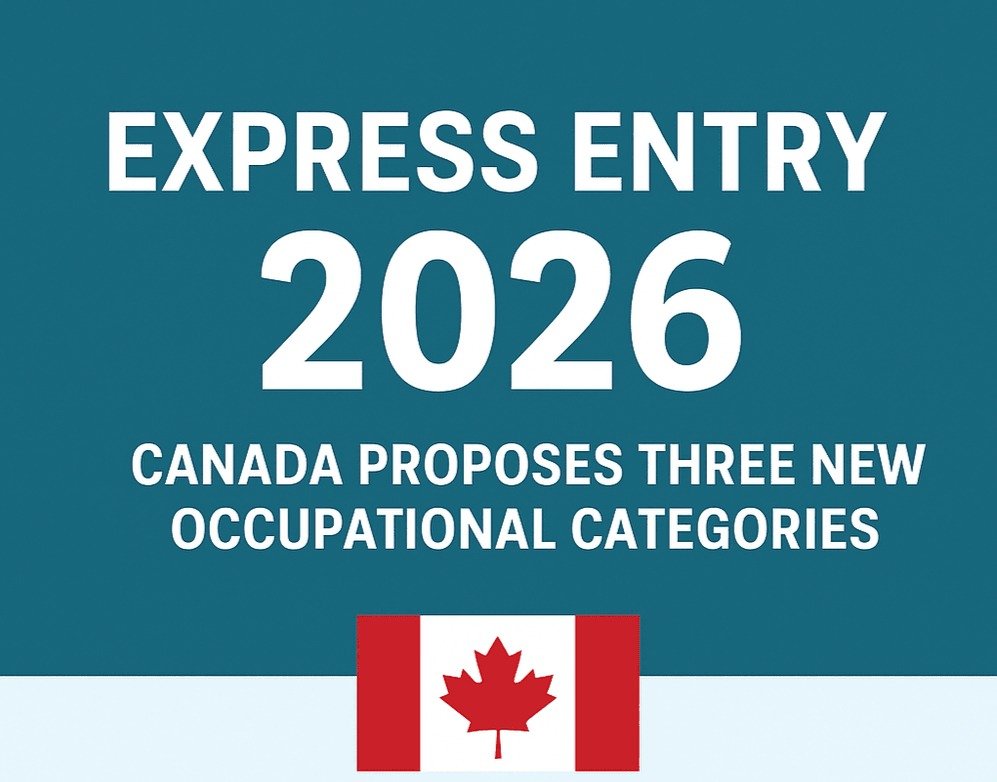The Evolution of Express Entry: A Background
The Proposed Categories: A Closer Look
1). Senior Managers (Leadership Category)
IRCC is considering a dedicated stream for senior managers, defined as highly skilled professionals who oversee company operations and lead teams. This category aims to attract leaders who can bring fresh perspectives, accelerate digital transformation, and enhance productivity. It reflects Canada’s need for strategic talent to drive economic growth, particularly in a competitive global market. Applicants with experience in executive roles, large-scale budgeting, or organizational leadership may find this a promising pathway.
2). Scientists and Researchers (Research and Innovation Category)
The second proposed category targets scientists and researchers to bolster Canada’s innovation ecosystem. This move acknowledges the role of scientific advancement in stimulating economic growth and addressing talent shortages in research and development (R&D). While specific eligibility criteria remain unclear, candidates with peer-reviewed publications, patents, or industry partnerships could stand out. However, some experts question whether Canada has sufficient high-level R&D jobs to absorb this influx, suggesting a need for careful implementation.
3). Military Personnel (National Security and Defence Category)
The third category focuses on highly skilled military recruits from allied nations to support the Canadian Armed Forces and enhance national security. This strategic initiative aims to leverage international military expertise, potentially easing the transition for veterans or active personnel with specialized training. Applicants will need to provide detailed service records and credential equivalency documents, making early preparation essential.
Implications for Applicants and the Immigration System
- Lower CRS Cut-Offs: Category-based draws often feature lower CRS thresholds (e.g., 475 for healthcare in 2025 vs. 534 for general draws), increasing chances for targeted candidates. This trend may extend to the new categories, favoring those with relevant experience.
- Impact on International Students: Express Entry categories influence Post-Graduation Work Permit (PGWP) eligibility. With 119 fields currently approved and 178 removed since 2024, updates in early 2026 could align PGWP programs with these new categories, benefiting students in leadership, research, or defense-related fields.
- Shift in Focus: The emphasis on leadership and innovation suggests a move away from mass immigration toward a curated talent pool. This could reduce general draw invitations, making category alignment critical for success.
- Provincial Dynamics: Provinces with acute labor shortages (e.g., healthcare in Newfoundland or trades in Saskatchewan) may influence category prioritization, potentially affecting Provincial Nominee Program (PNP) synergy with Express Entry.
How to Prepare for the 2026 Changes
- Assess Your Eligibility: Review your work experience against the proposed categories. For senior managers, document leadership roles and outcomes. Researchers should highlight publications or innovations, while military candidates need verified service records.
- Enhance Language Skills: French proficiency remains a priority, offering a competitive edge with lower CRS requirements. Consider language training if applicable.
- Stay Informed: Monitor IRCC announcements, expected in late 2025 or early 2026, via official channels or reputable immigration news sources.
- Leverage In-Canada Experience: If eligible, secure a work permit to gain Canadian experience, boosting your CRS score and PNP prospects.
- Consult an Expert: A Regulated Canadian Immigration Consultant (RCIC) can tailor your strategy, ensuring compliance with evolving criteria.

